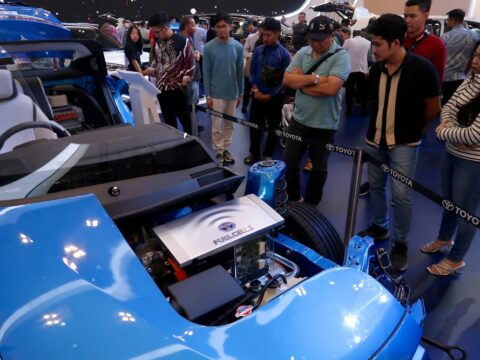The self-driving car industry is evolving at an astonishing pace, driven by innovative technologies and groundbreaking ideas. From advancements in artificial intelligence to improvements in sensor technology, these changes are transforming the way we think about transportation. In this article, we explore 15 key trends that are revolutionizing the self-driving car industry, making autonomous vehicles safer, smarter, and more efficient than ever before.
Contents
Advanced AI and Machine Learning Algorithms
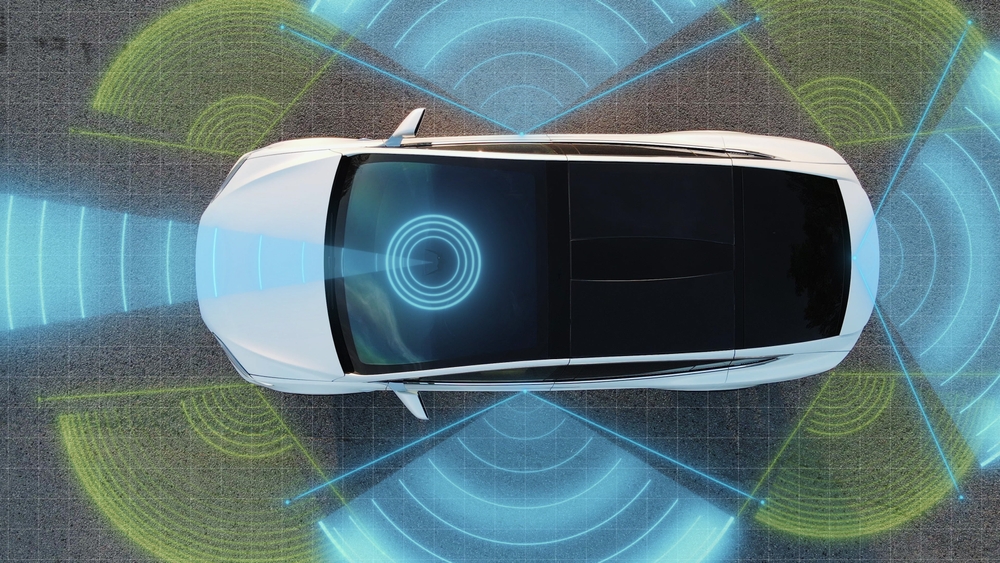
Advanced AI and machine learning algorithms are crucial for the development of self-driving cars. These technologies enable vehicles to learn from vast amounts of data, improving their ability to recognize and respond to complex driving environments. Features such as object detection, path planning, and decision-making are significantly enhanced, allowing autonomous vehicles to navigate more safely and efficiently.
Improved Sensor Technology
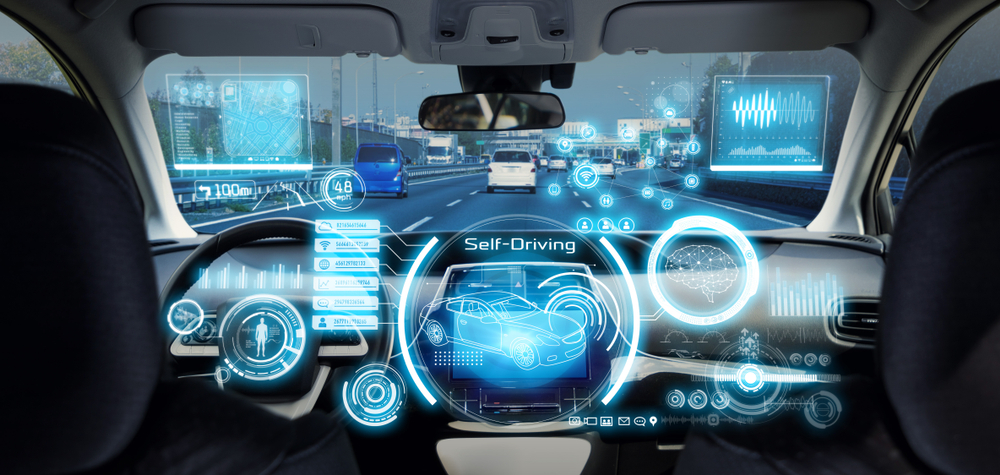
Improved sensor technology, including LIDAR, radar, and cameras, provides the necessary data for autonomous vehicles to perceive their surroundings accurately. These sensors detect obstacles, measure distances, and recognize traffic signals and pedestrians, enabling self-driving cars to make informed decisions in real-time.
High-Definition Mapping
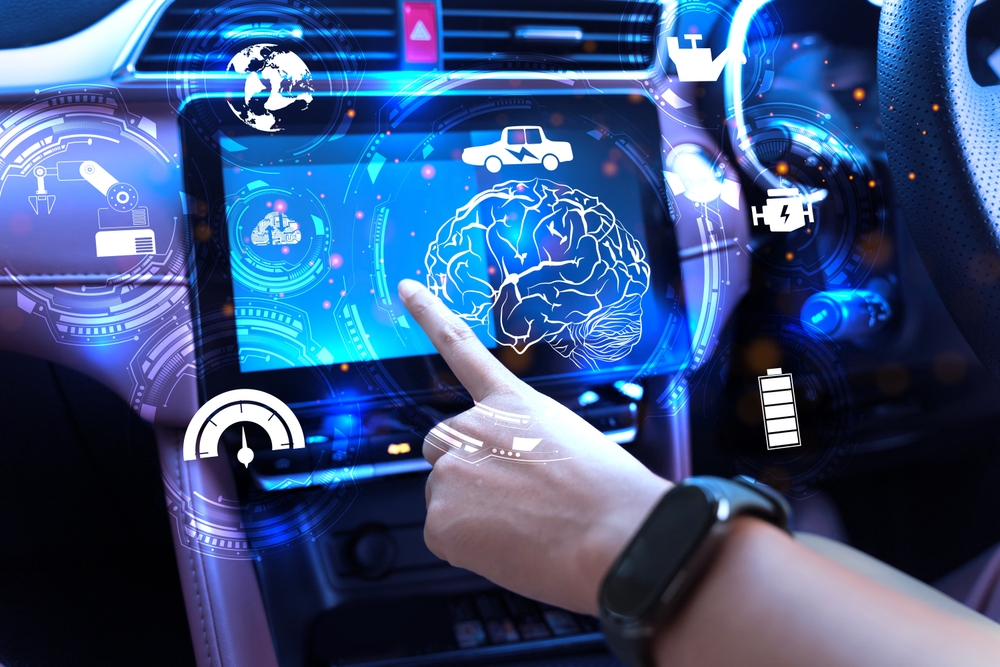
High-definition mapping is essential for precise navigation of autonomous vehicles. These maps offer detailed information about road layouts, traffic patterns, and environmental conditions. They are continually updated to reflect changes, ensuring that self-driving cars have the most current and accurate information for safe and efficient travel.
Vehicle-to-Everything (V2X) Communication
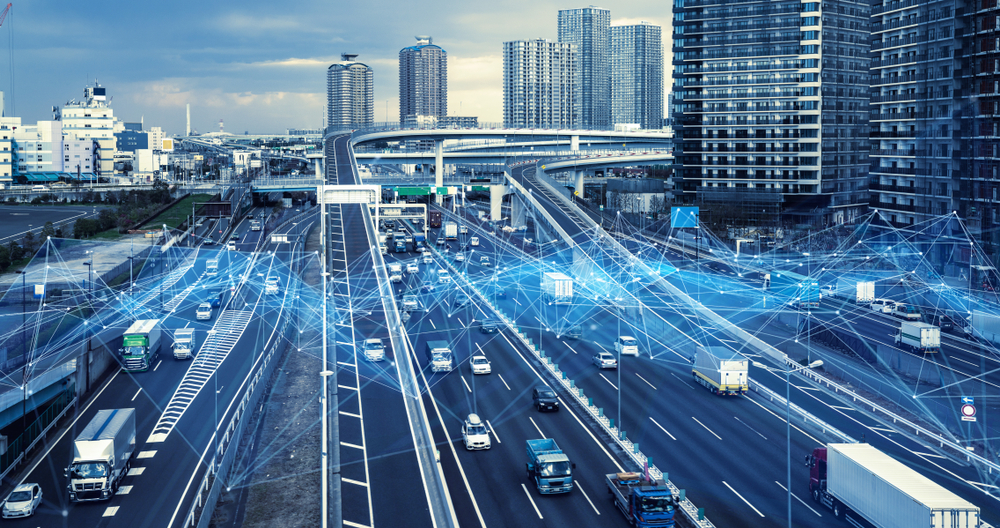
Vehicle-to-Everything (V2X) communication allows autonomous vehicles to interact with other vehicles, infrastructure, and pedestrians. This technology enhances safety and efficiency by enabling cars to share information about road conditions, traffic, and potential hazards, leading to more coordinated and responsive driving behaviors.
5G Connectivity

5G connectivity provides the high-speed, low-latency communication needed for real-time data exchange in autonomous vehicles. This allows for faster decision-making and improved coordination with other vehicles and infrastructure, enhancing overall safety and performance.
Enhanced Cybersecurity Measures

Enhanced cybersecurity measures are vital to protect autonomous vehicles from hacking and cyber threats. These measures include encryption, secure communication protocols, and intrusion detection systems, ensuring that the vehicle’s systems and data remain secure and reliable.
Ethical Decision-Making Models

Ethical decision-making models are being developed to help autonomous vehicles handle moral dilemmas on the road. These models aim to ensure that self-driving cars make decisions that prioritize human safety and adhere to societal values, even in complex or unforeseen situations.
Fleet Management Solutions
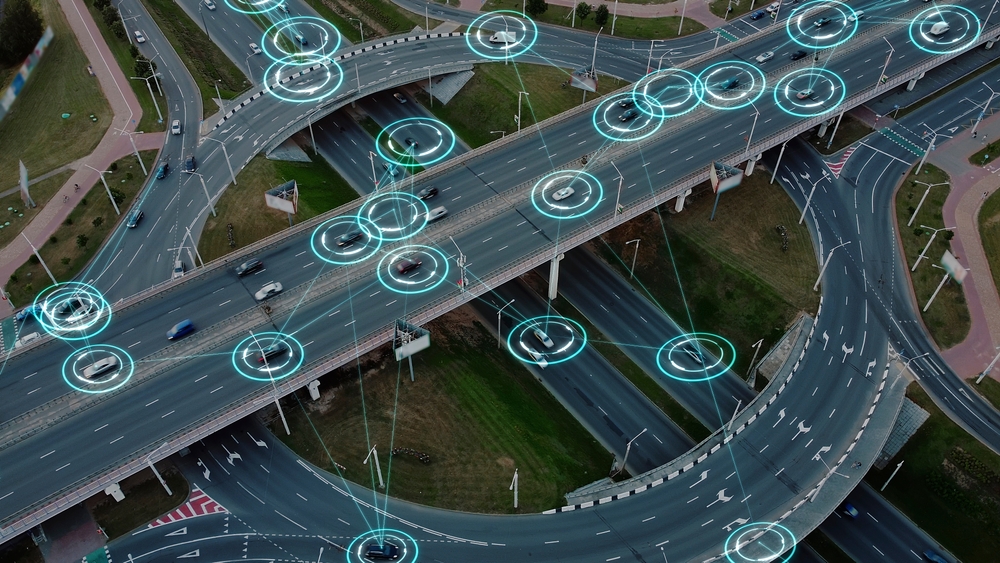
Fleet management solutions are essential for the efficient operation of autonomous vehicle fleets. These systems optimize routes, monitor vehicle performance, and manage maintenance schedules, ensuring that fleets operate smoothly and cost-effectively.
Shared Autonomous Vehicles (SAVs)

Shared Autonomous Vehicles (SAVs) represent a shift towards more sustainable and efficient transportation. By offering ride-sharing services, these vehicles reduce traffic congestion, lower emissions, and make transportation more accessible to the public.
Integration with Smart Cities
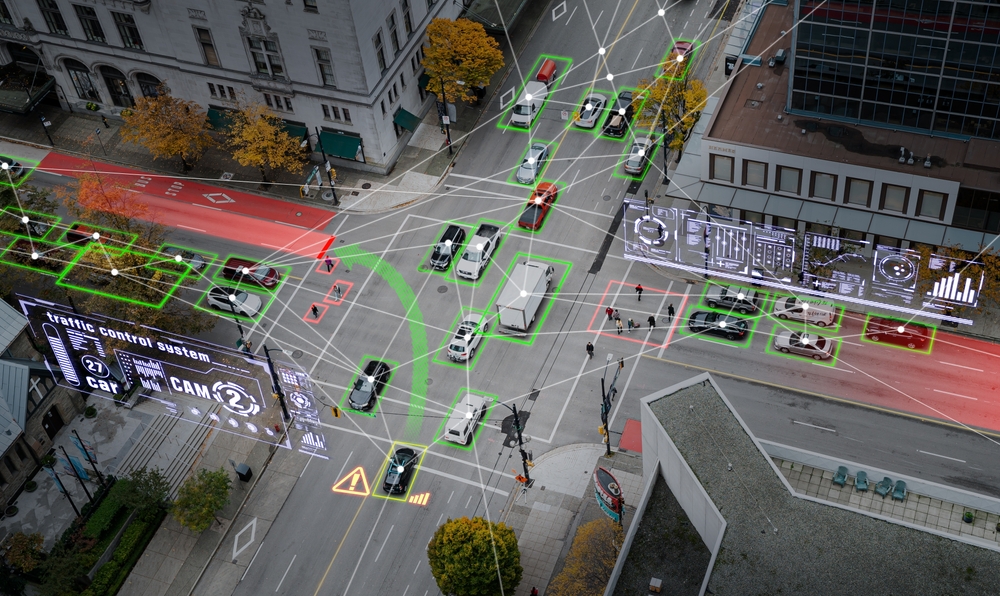
Integration with smart cities allows autonomous vehicles to interact with urban infrastructure such as traffic lights, road signs, and public transportation systems. This connectivity improves traffic flow, reduces congestion, and enhances the overall efficiency of urban mobility.
Augmented Reality Dashboards

Augmented reality dashboards provide drivers and passengers with real-time information overlaid on the vehicle’s windshield. This technology enhances situational awareness by displaying navigation instructions, hazard alerts, and other critical information directly in the driver’s line of sight.
Electric and Hybrid Autonomous Vehicles
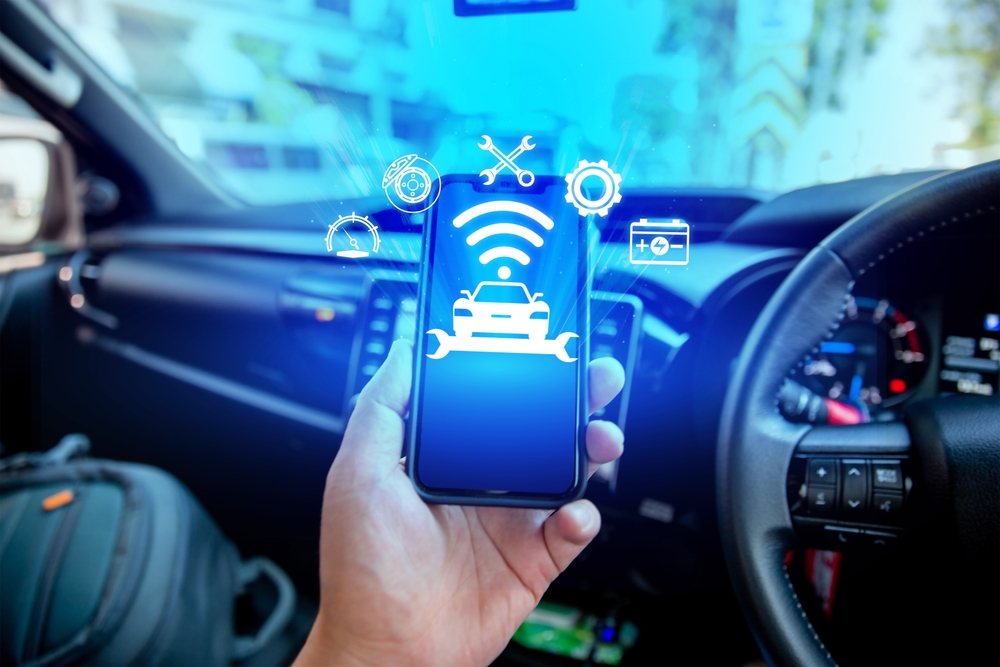
Electric and hybrid autonomous vehicles combine the benefits of autonomy with sustainable energy sources. These vehicles reduce greenhouse gas emissions and reliance on fossil fuels, contributing to a cleaner and more sustainable transportation future.
Edge Computing

Edge computing processes data closer to where it is generated, reducing latency and improving response times. For autonomous vehicles, this means faster decision-making and improved performance, especially in critical situations where split-second reactions are required.
Redundant Systems for Increased Safety

Redundant systems ensure that autonomous vehicles remain operational even if one system fails. This includes backup sensors, power supplies, and communication networks, which provide an extra layer of safety and reliability.
Regulatory Framework Development
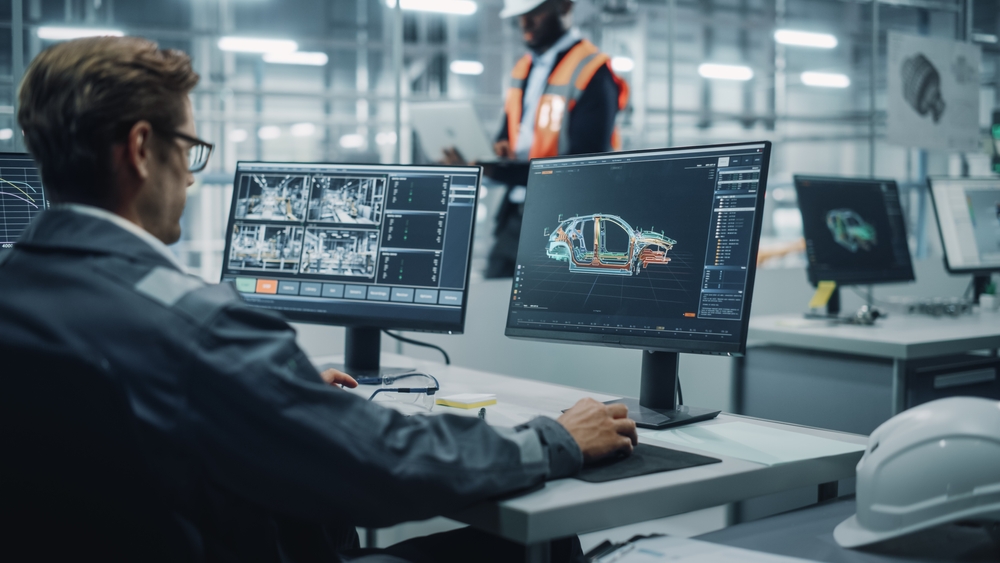
Developing regulatory frameworks is crucial for the safe and widespread adoption of autonomous vehicles. These regulations address safety standards, liability issues, and ethical considerations, providing a clear legal environment for the deployment of self-driving cars.
This article originally appeared in MyCarMakesNoise.
More from MyCarMakesNoise
15 Antique Tractors That Have Lost Their Value

Antique tractors once represented the pinnacle of farming innovation, but many have lost their value over time. Advances in technology and changes in agricultural needs have rendered these once-prized machines obsolete. Read More
13 Transportation Projects That Turned into Financial Disasters

Transportation projects are often ambitious undertakings meant to improve our lives, but sometimes they can go terribly wrong. In this article, we explore 13 transportation projects that turned into financial disasters. Read More
10 Experimental Military Aircraft That Didn’t Take Off

Experimental military aircraft often push the boundaries of technology and innovation. However, not all of these ambitious projects succeed. Read More




